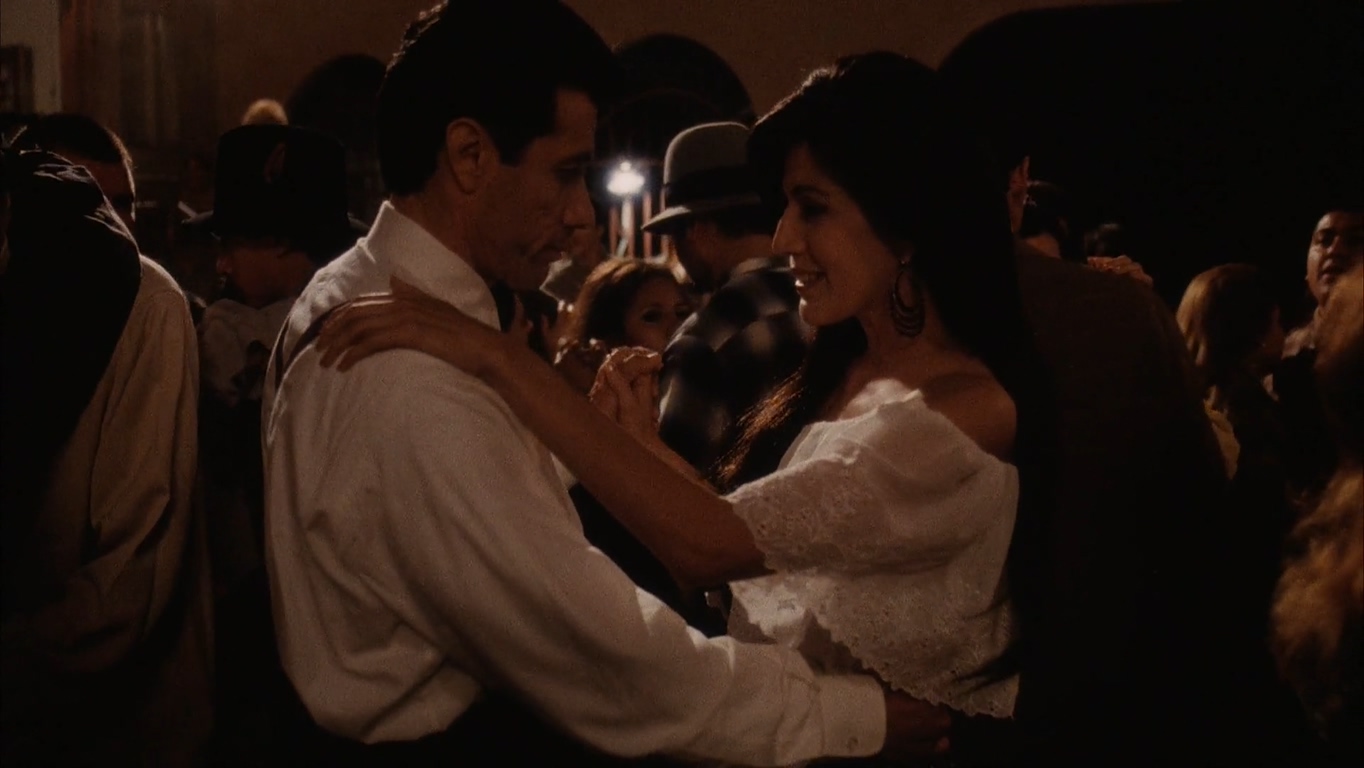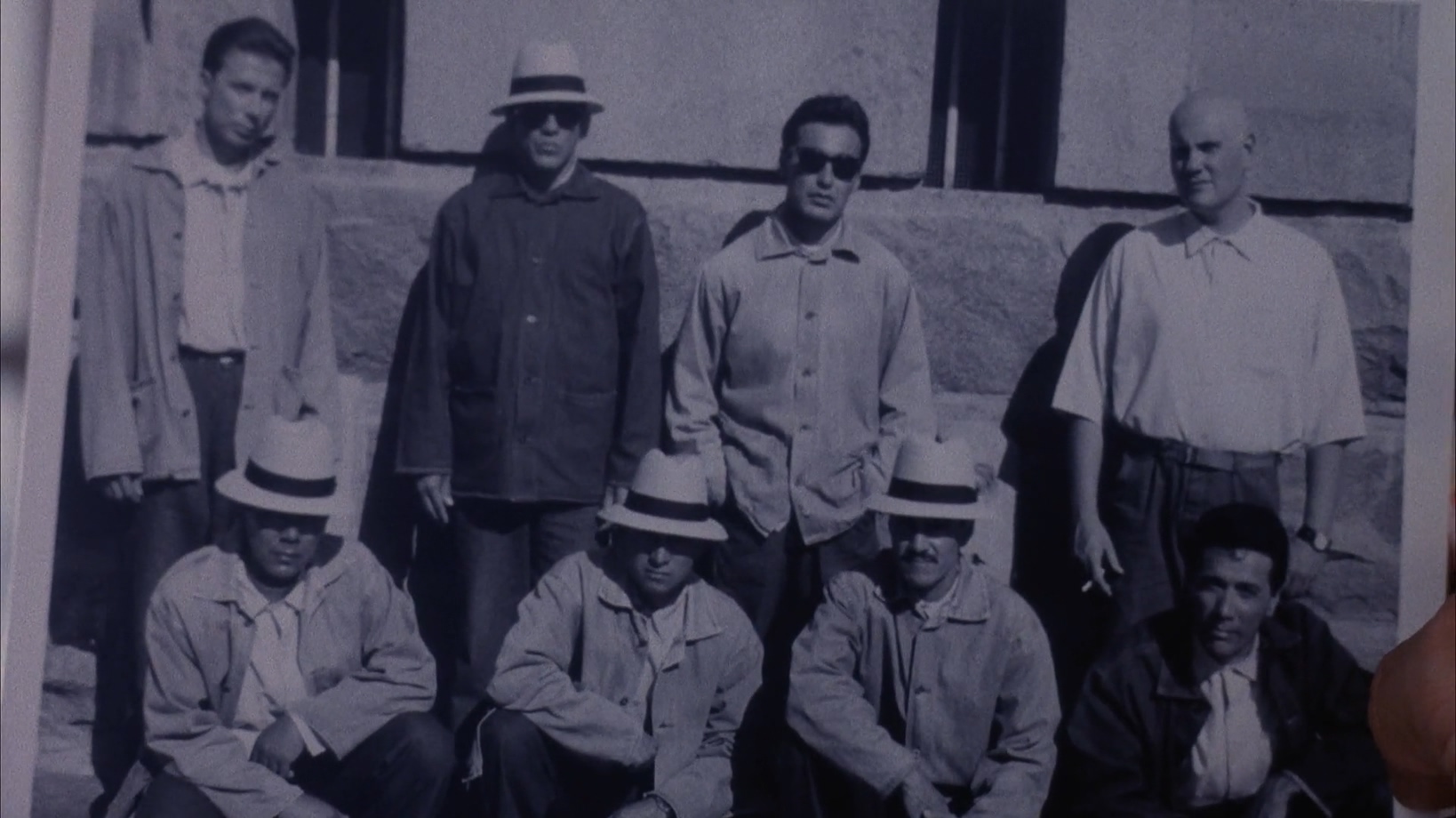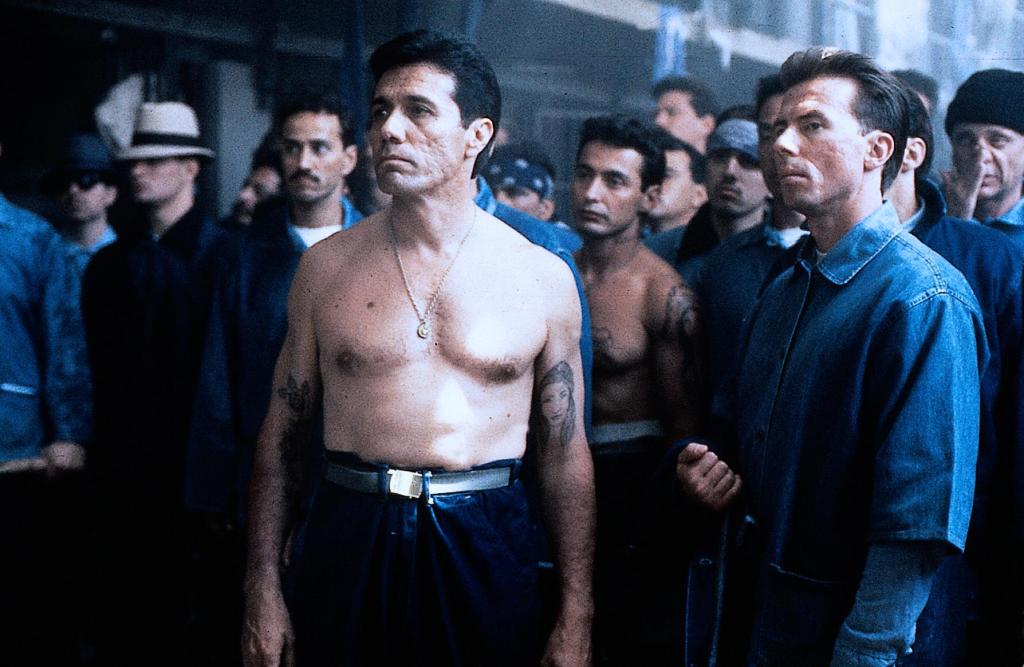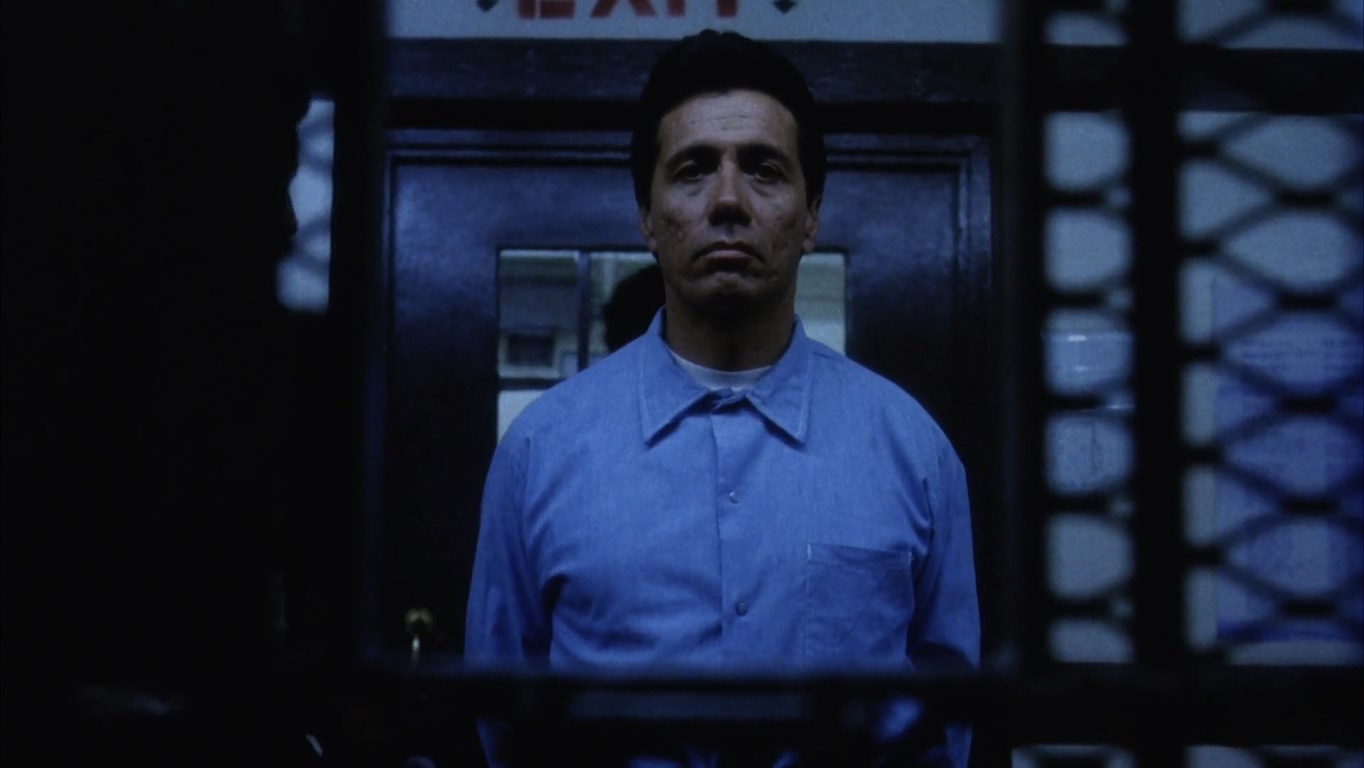Helmed by Edward James Olmos, ‘American Me’ is an equally compelling and disturbing gangster drama that revolves around the life of notorious mob boss Montoya Santana. The ruthless Santana has a change of heart when he falls in love at a later age and is left thinking about the choices that he made as a teenager. While breathing life into its larger-than-life protagonist, the film chronicles the realities of organized crime, drugs, and racial violence in a post-war America. While the film expressively builds on real-life events, if you are wondering how much of the film is based upon history, let us tell you.
Is American Me Based On A True Story?
Yes, ‘American Me’ is based on a true story. While the film deviates to create imaginary characters and events, the basics of the story remain tethered to reality. The film is based upon an original screenplay by Floyd Mutrux and Desmond Nakano. The opening title card divulges to the audience that the film is “inspired by a true story.” The film builds on the turbulent history of organized crime in California. In fact, it may interest you to know that Olmos heard about an incident back in the 70s while he was working on ‘The Ballad of Gregorio Cortez.’

The actor-director told The Baltimore Sun, “I heard this story of a member of the Mexican Mafia who had been stabbed 69 times in prison because he’d given up on the drug life. I knew I had to make that movie, in some way.” Lo and behold, Mutrux penned the first version of the script. But for whatever reason, it actually took 18 years to achieve the final product that we all see on our screens. And while the film is definitely a critique of the concept of masculinity, the director offered some clarification.
Olmos said, “Machismo isn’t necessarily a bad thing. That pride, that self-esteem, that belief in self, it can be very positive. But when it turns bad, boy, watch out. It can be a killer.” So, it comes as no surprise that the film chronicles the life and times of the notorious mafia kingpin, Montoya Santana, in the context of the Hispanic community in America. At the beginning of the film, Santana’s parents are seen to be belonging to a group of decadent dandies called the Zoot Suiters.
Santana’s mother, Esperanza, is raped by a group of hate criminals due to the association of the Zoot Suiters in a series of riots in Los Angeles. In reality, the Zoot Suiters were indeed a group of Chicanos recognized by their high-waisted suits. However, in most cases, the riots were instigated by white Angelenos, who thought the decadent clothing of Zoot Suiters to be unpatriotic in the time of war. In these riotous events, most of the violence was inflicted upon Mexican Americans.
In the film, a teenager Santana teams up with Mundo and J. D. to form the kernel of the Mexican American mafia gang, La Eme. The character of Santana is loosely based on real-life mafia boss Rodolfo “Cheyenne” Cadena. Mundo is modelled upon Mafioso Roberto “Robot” Salas and J. D. fictionalizes the life of Joe “Pegleg” Morgan. As per reports, Edward James Olmos claimed to have the permission of the real-life J. D. Joe Morgan before making the film, who allegedly attempted to extract money from Olmos. However, in an interview, actor Danny Trejo (‘Machete’) maintained that he talked with Joe Morgan, who denied the fact of Olmos asking for his permission.

Moreover, as per reports, the film enraged the Mexican Mafia, due to especially in one scene where the gang members are seen to be committing a homosexual rape. The scene allegedly tarnished the “machismo” of Mexican American gangsters, who came after the life of Olmos. Apparently, Mexican Mafia leaders initially believed that the film was going to portray them in a positive light, but when they saw that the film revolved mostly around the criminal endeavors taken up by the gang, they were allegedly infuriated.
Olmos received multiple death threats while working on the film, and the Los Angeles Police Department had to issue a weapon license in his name to ensure his safety. Danny Trejo further revealed that at least ten people associated with the film were killed, including the tragic deaths of three consultants – Charles Manriquez, Ana Lizarraga, and Manuel Luna.
The film, in its pursuit of realism, probes deep into the criminal underworld of America. In the depiction, Olmos took the help of many real organized crime groups. Two of the notorious Eastern L. A. street gangs, MC Forceros and Il Grande Hazard, extended their friendly hands to Olmos by allowing him to film on their turfs. Many real-life gang members can be seen in the prison segments of the film. Olson reportedly succeeded in getting aboard members from the 18th Street, Hell’s Angels, Dogtown, White Fence, Bloods and Crips, La Colonia de Watts, Nazi Lowriders, East Side Clover, Aryan Brotherhood, and of course, the infamous Black Guerilla Family. To maintain a semblance of reality, the director also opted to film in Folsom State Prison.

Coming back to the film, upon getting injured, Little Puppet is given a blue bandana by Santana. The blue bandana is a mark of pride worn by the Surenos. Also known as Southern United Raza, they are an alliance of loosely connected gangs in the Californian prison system who pay their respect to the Mexican Mafia. Although the alliance was established in 1968, the term “Surenos” was not used for some time due to a violent rivalry between the Mexican Mafioso and Nuestra Familia.
While in the film, Santana is killed due to an internal conflict within the gang, his real-life counterpart, Rodolfo Cadena, was apparently killed because he wanted to form a coalition with the Nuestra Familia. The incident changed the gang relations to a great extent. Following the murder of Cadena, the Mexican Mafia went to form a pact with the Aryan Brotherhood, while the Nuestra Familia joined forces with the Black Guerrilla Family. So, evidently, the film has taken various pains to ensure that it reflects various historical, cultural, and social themes.
Read More: American Me, Explained


You must be logged in to post a comment.